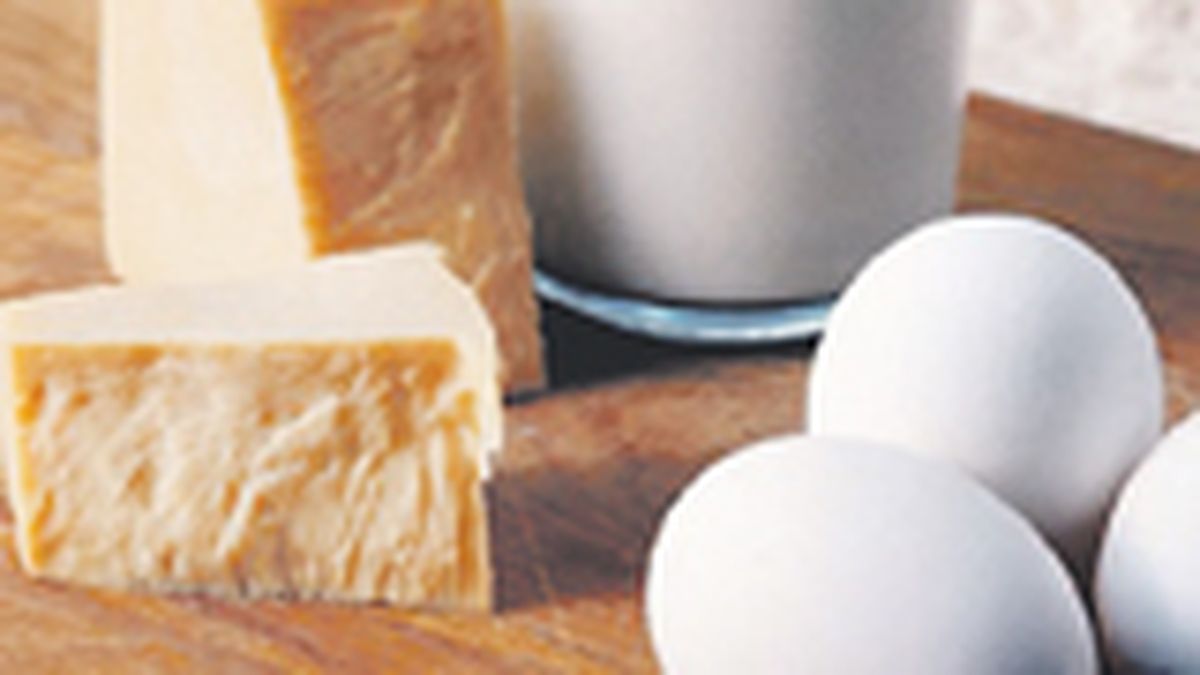The destination of exports was made up as follows: 34.6% to Algeria, 16.1% to Brazil, 15% to Russia, 6.5% to Chile, 3.6% to China and 3.6% to the United States; the remaining 20.6% went to more than 10 other destinations.
As far as exported products are concerned, 52.1% of the total was milk powder, 16.7% were cheese, 22.5% other products that include dulce de leche, butter and whey, among others. Finally, the remaining 8.7% corresponded to yogurts, lactose and casein, among others.
One of the keys to the profitability of the dairy industry is to grow in exports of value-added products. Beyond shipments of powdered milk, the main companies in the sector also seek to gain participation in the cheese category. Meanwhile, in the local market, the outlook shows some warning signs.
As explained by the business sector, in recent months, and in the face of the drop in the purchasing power of the population, sales began to be “prioritized”. In other words, consumers currently buy products with less added value such as fluid milk, compared to others such as desserts, yogurts or hard cheeses. This situation puts the business sector on alert while it adjusts costs so as not to transfer increases to the gondolas.
The industry numbers explain that since November of last year the evolution of the prices of the dairy basket is below inflation. Another point that stands out is that last January sales in the domestic market fell 3.3% in volume and 6.3% in billing. This decrease may be related, in part, to the deterioration in the milk basket ratio and the minimum, vital and mobile salary (-7.1% year-on-year). In this sense, by the beginning of 2022, the participation of the dairy basket in the salary is 37.5% vs. 20.8% in the average of the last 5 years.
A report from the CREA network also explains that, for March of this year, the Cost Index (CI) increased by 8.8% year-on-year, while the Price Index (IP) did so by 1.6%. This is how the IP/IC ratio stood at 0.81, being the lowest ratio of the last year. “In this way, the downward trend is accentuated, and the profitability of dairy companies continues to deteriorate,” details the productive entity to explain the current situation of the dairy farms.
In this context, a challenging year is expected for the dairy industry, with rising costs for the producer and a domestic market that has not yet taken off, while the high international prices of powdered milk may become a key factor that will continue boosting industry profitability.
Source: Ambito
David William is a talented author who has made a name for himself in the world of writing. He is a professional author who writes on a wide range of topics, from general interest to opinion news. David is currently working as a writer at 24 hours worlds where he brings his unique perspective and in-depth research to his articles, making them both informative and engaging.




